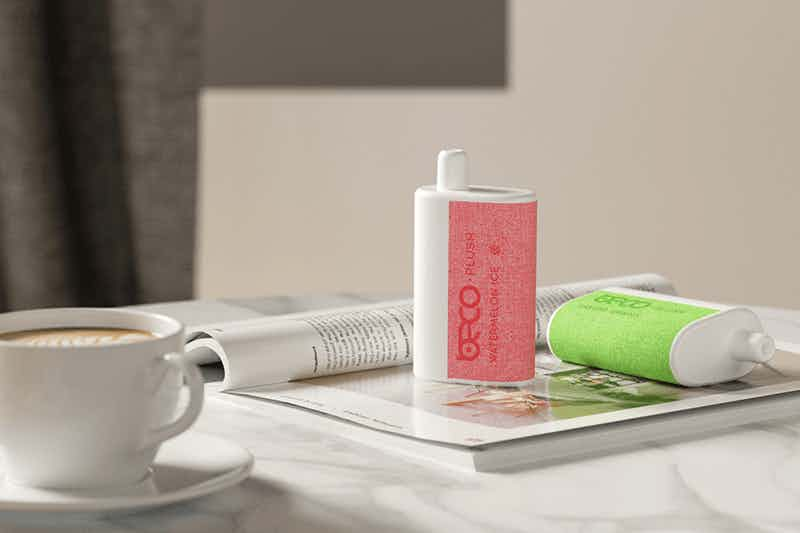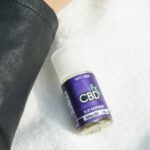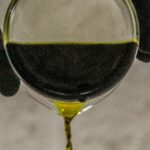Why Some Vape Flavors Taste Different Across Brands
Vaping has grown exponentially in popularity over the last decade, and with it, a vast array of vape products and flavors has emerged. One of the most intriguing aspects of vaping is the variance in flavor profiles across different brands. This article provides a comprehensive overview of the factors that contribute to these differences, along with a detailed assessment of their implications on user experience.
Product Overview and Specifications
Vape products consist of various components, including vape pens, e-liquids, coils, and more. These specifications can greatly affect flavor delivery and overall experience. Common products include:
– Vape Pens: Typically cylindrical devices that may vary in size, usually ranging from 4 to 6 inches in length and less than an inch in diameter. They generally use a cartridge or tank system to hold e-liquid.
– E-liquids: These contain a mixture of vegetable glycerin (VG), propylene glycol (PG), flavorings, and nicotine (if desired). Flavor profiles can range from fruity and sweet to savory and herbal.
– Coils: The central heating element that vaporizes the e-liquid, which can also impact flavor depending on material and resistance.
Appearance and Feel
The appearance of vape devices and e-liquids can be highly variable depending on the brand. While some may opt for sleek, minimalist designs, others might embrace colorful, eye-catching aesthetics. E-liquids often come in diverse packaging, with some brands offering clear bottles that showcase the color of the liquid, while others might use opaque containers to preserve freshness. The texture of e-liquids, whether thick or thin, can affect the vaping experience, influencing the throat hit and sensation.
Taste Variability
One of the central debates among vapers is the differing taste profiles encountered when switching between brands. There are several key factors that contribute to this phenomenon:
1. Ingredients: The quality and type of flavorings used can significantly impact taste. Some brands prioritize natural flavorings, while others may use artificial compounds, leading to noticeable differences.
2. VG/PG Ratio: The ratio of vegetable glycerin to propylene glycol can alter the flavor delivery. VG is thicker and tends to provide a smoother hit with a sweeter flavor, while PG is thinner and carries flavor more effectively for a strong throat hit.
3. Coil Type: Different coils can produce divergent flavor profiles. For instance, a higher resistance coil might yield a lighter flavor, while a lower resistance coil can enhance boldness.
4. Nicotine Levels: The nicotine concentration can affect perceived flavor intensity. Higher nicotine levels may mute subtle flavor notes, altering overall taste perception.
Best Flavors and Duration
Certain flavor profiles have stood out among vape enthusiasts. Popular flavors often include mint, fruit (like strawberry and mango), and dessert-inspired concoctions (like vanilla custard). The longevity of these flavors can vary by brand; quality products tend to maintain their integrity for weeks, while cheaper options may lose flavor more rapidly.
Battery Life and Charging
Battery life is another vital component in the vaping experience. High-quality vape pens often feature batteries ranging from 250mAh to 3000mAh, providing extended use. Typical charging times can vary between 30 minutes to several hours. Brands that prioritize user experience often employ features like pass-through charging, allowing users to vape while the device is charging.
Performance and Usage
Using a vape pen is generally straightforward. Users need to fill the tank with e-liquid, wait for the coil to saturate, and then activate the device by pressing a button or inhaling. Performance consistency is crucial; devices that deliver a stable temperature ensure that the flavor remains consistent throughout usage.
Pros and Cons
Pros:
– Flavor Variety: There is a wide range of flavors available, catering to different preferences.
– Customizability: Users can often adjust their vaping devices and e-liquids for personalized experiences.
– Less Odor: Compared to traditional smoking, vaping produces a less intrusive aroma.
Cons:
– Health Concerns: Despite being perceived as less harmful than smoking, vaping still poses health risks.
– Inconsistent Quality: Variability in flavor and performance can be prevalent across brands.
– Learning Curve: New users may find it challenging to navigate different devices and settings.
Target User Demographics

The primary demographic for vaping includes young adults and middle-aged individuals. Many users seek alternatives to smoking cigarettes or are exploring vaping for flavor enjoyment. Additionally, vaping has garnered traction among enthusiasts interested in the technical aspects of device customization and flavor crafting.
Conclusion
The diversity in vape flavors across brands is a multifaceted issue shaped by ingredients, device composition, and user preferences. Understanding these nuances not only enhances the vaping experience but also allows consumers to make informed choices. As the market evolves, continued exploration into flavor profiles and user experience will undoubtedly progress, maintaining the exciting landscape that vaping has become.




